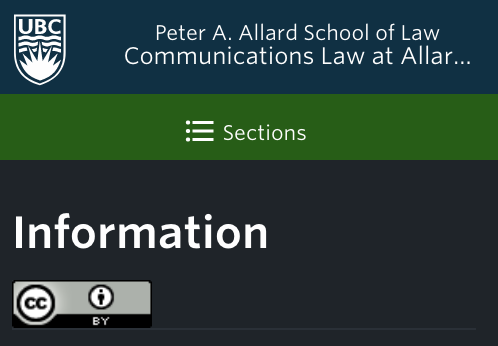We know that a painting attracts copyright protection, but there is no copyright in a particular pose, arrangement, or composition (in the artistic sense). This is for good reason, of course, or else we would probably have long run out of colours, subjects, and settings to depict in art.
But this reminded me of a minor internet controversy from last month. The Federal Duck Stamp competition was getting a lot of flack for this year’s winner, painted by Jim Hautman:

The Federal Duck Stamp Contest is an art competition in the United States hosted by the US Fish & Wildlife Service, started in 1949 to raise funds for conservation and wildlife protection. Every year, hundreds of artists enter the contest.
So what’s the controversy? Well, turns out, the Hautman brothers (Jim, Joe, and Bob) have won 16 times collectively. That’s a lot of feathers in their caps!
Because the Hautmans win so often, their paintings have become the benchmark for the judging panel. As a result, artists who want to score highly may need to closely emulate their style; perhaps having the effect of either dissuading artists with differing styles to enter their art, or encouraging them to dull their differences and attempt to replicate past success?
Roll the complaints of the winning stamps looking too similar year over year – in composition, colouring, lighting, and vibe.
You can check out all the past winners here.
You may agree that there is limited diversity in composition – duck in water, duck in flight, two ducks in water, two ducks in flight, etc. The phenomenon is perhaps due to the Hautman Monopoly, or a duck “scène à faire”, or maybe there are only so many ways to factually depict a duck.
So my question is this:
Is there value in requiring (or protecting) diversity in composition, style, and artistic content? If so, should the law be used as a channeling function to achieve these ends?
In the end, I’m not fully convinced that the law needs to intervene further than it already does, e.g., extending copyright to a pose (which I’ve already acknowledged is unworkable). Even though in this case study, faithful interpolation may not be breed the most interesting or innovative art (at least in my view), the law is probably too blunt an instrument to use in encouraging diversity in art and perspective. If we value diversity in art, then we should reward it in other ways (like scoring it higher, duck judges).
You can look at the rest of this year’s (non-winning) entries here.
Honourable mention to my favourite winner:

-Tyleigh*
*Written without the use of AI; the irony of using AI to create a duck stamp resembling past winners was too much for me so I did not attempt it, but I am open to seeing the best AI duck stamp in the replies
 Copyright & Social Media
Copyright & Social Media Communications Law
Communications Law